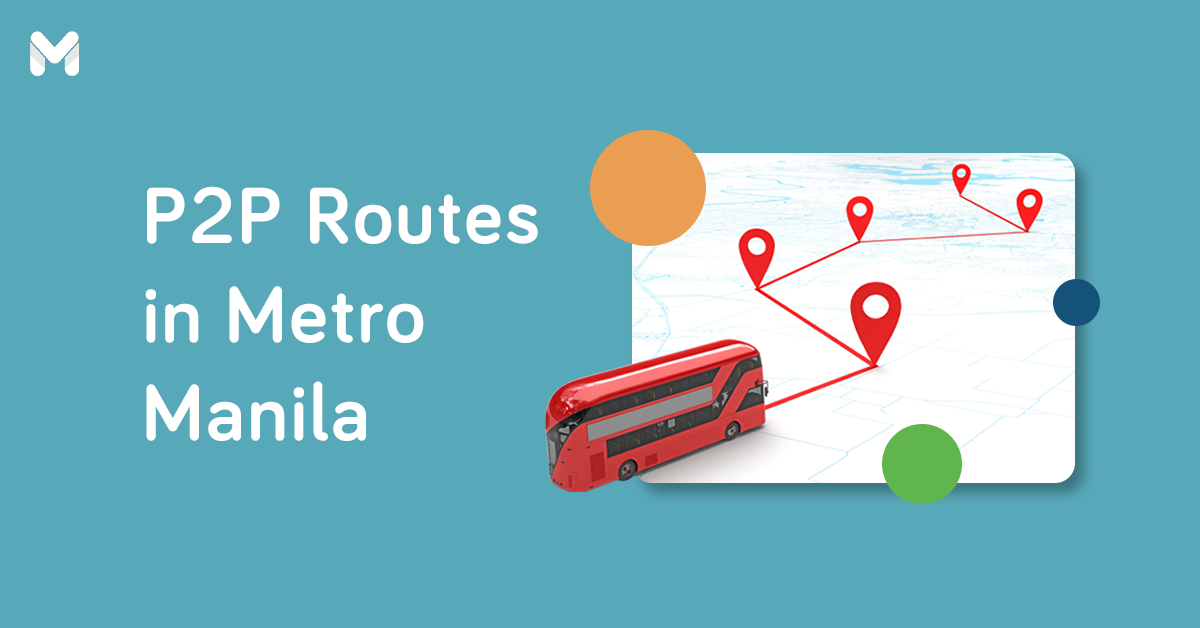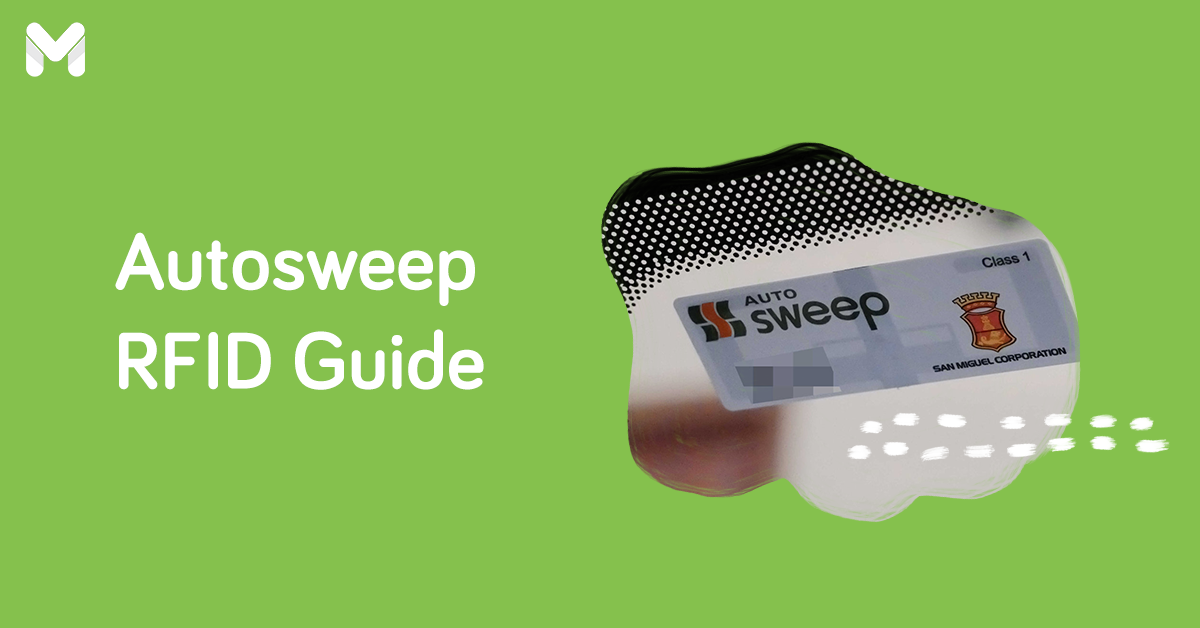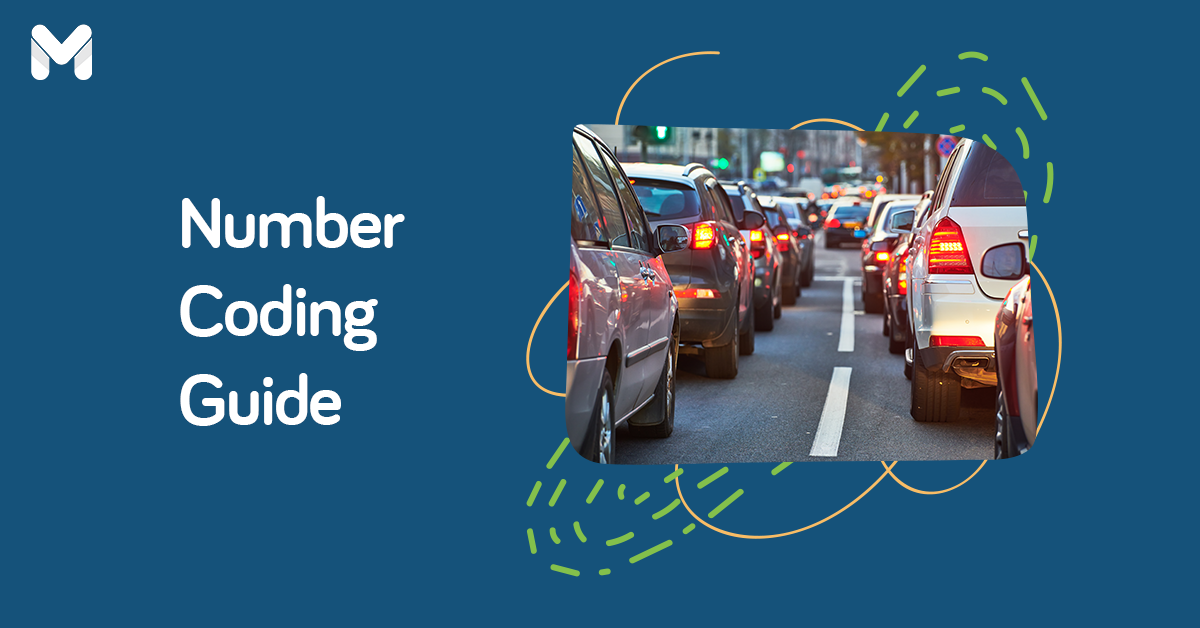Your days of parking-wherever-you-want is over, especially when in Makati and Bonifacio Global City.
In an effort to prevent congestion, enhance traffic flow, and support pedestrian priority programs, the Fort Bonifacio Development Corporation (FBDC) started to implement wheel clamping operations last Sunday, April 15. Makati, on the other hand, has set stricter wheel clamping rules this year as support to a city ordinance passed in 2014.
What is wheel clamping?
Wheel clamping is a less obstructive way of “towing” a vehicle. It was first employed in Denver, Colorado as a mean to punish drivers with outstanding parking tickets. Thus, it’s nickname “Denver Boot.” In the Philippines, designated officers and MMDA personnel attach wheel clamps to unauthorized or illegally parked vehicles. Wheel clamps are made of steel and rubber, and are typically color orange or yellow.
Illegal parking? I was just running an errand.
Makati and BGC officers aren’t lenient when it comes to unauthorized parking. Motorists should always park their vehicles in authorized parking spaces even if they are only dropping by or running a quick errand. FBDC General Manager Jun Galvez also said that despite reprimanding illegally parked vehicles[1], motorists still commit the violation ultimately contributing to traffic build up in the city.

When in Makati, keep in mind of the following street parking rules[2] to avoid wheel clamping. The Makati Parking Authority (MAPA) are highly strict about these.
- It is prohibited to park on or over a white parking marker;
- Park facing or opposite the flow of traffic;
- Park in a manner that creates hazard or obstruction to vehicular/pedestrian traffic and wheelchair ramps.
- Parking is only allowed within spaces marked with “T” lines and for a maximum period of 3 hours only.
- Vehicles parked parallel to a curb shall be within one foot of the curb and inside parking markers.
- Motorcycles and scooters aren’t allowed to park on slots intended for four-wheeled vehicles.
Read more: The Benefits of the No Garage, No Car Policy
What should I do if an officer clamps my vehicle?
Don’t panic. We know it’s appalling but rage won’t help you in this situation.
When your vehicle is clamped in BGC:
Call 0916-6931180 and state your exact location so an officer can attend to you. Pay a clamping fee of PHP 1,000 and retrieve your vehicle. You will then receive a Unified Official Valuation Receipt (UOVR) as proof of your violation.
Do not attempt to remove or disfigure the clamping device. Doing so carries a PHP 1,000 penalty plus the cost of repair or replacement of the damaged wheel clamp.
If you arrive to an officer who is just about to clamp your vehicle, you’re quite lucky because you don’t need to pay a fine anymore. The officer will only issue a UOVR for your violation.
Read more:
Check out this video on wheel clamping by Bonifacio Global City:
[embed]https://www.facebook.com/bonifacioglobalcityph/videos/1693967540668536/[/embed]When your vehicle is clamped in Makati:
In Makati, clamped vehicles stay in their area for three hours. If you do not arrive within that period, MAPA will tow your vehicle and bring it to an impounding area. When that happens, you will be fined for clamping and towing, which costs PHP 1,500.
Will wheel clamps damage my car?
Wheel clamps are typically made of rubber coating, a material that does not scratch rims. If an officer clamped your vehicle properly, damage is unlikely to happen.
Remember that car insurance doesn’t cover damage caused by towing and illegal parking. However, according to the MMDA, any damage or missing parts incurred while towing a vehicle is the responsibility of the towing company. Check your vehicle for scratches upon retrieving it from the impounding area.
Final Thoughts
Always park in authorized parking spaces to avoid wheel clamping. BGC has more than 5,000 public parking slots, which you can easily locate through the BGC app. Makati also has thousands of parking spaces[3]—determine them before heading to your location.
Sources:











